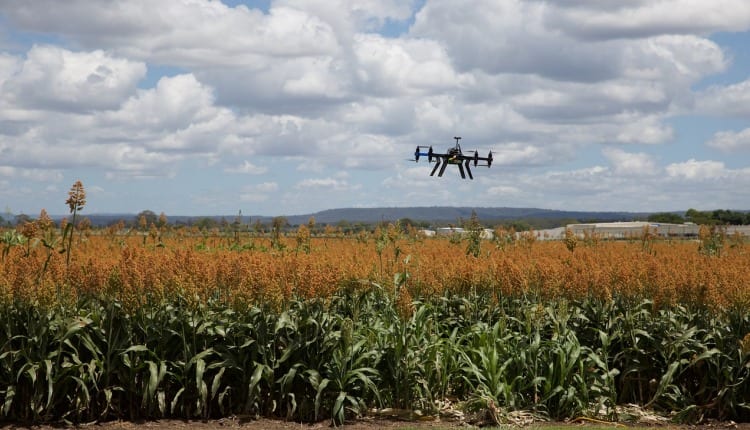- Advertisement -
By Neel Juriasingani, CEO & Co-founder, DataCultr
Be it cars, homes, offices, or public spaces, connected devices have made way into every part of our lives. Even though we are still coming across the early applications, none of the experts disagrees with the massive transformational potential of internet of things (IoT). According to IDC, the global IoT investment is expected to top $1 trillion by 2020, not far from now. Another report by DBS Asian Insights predicts that IoT devices and services will reach an inflection point of 18 to 20 percent adoption in 2019.
As the world looks at around a 9.6 billion headcount by 2050, there is a need to overhaul the agriculture industry to ensure the survival of this population. IoT offers solution to several problems that the agriculture industry faces today. Here is a glimpse of how IoT can change the face of agriculture in the coming days:
- Advertisement -
Precision Farming
Agriculture faces severe uncertainties in terms of weather conditions, soil fertility, irrigation facilities etc. Precision farming helps in making farming procedure more accurate and controlled. With the help of sensors, autonomous vehicles, automated hardware, control systems, and robotics, connected devices can be used for soil moisture probes, variable rate irrigation (VRI) optimization, and virtual optimizer PRO etc. Each of these is critical for bringing higher predictability in agriculture. For example, VRI optimization water and fertilizer usage on irrigated crop fields with soil variability, thereby improving yields.
Agriculture Drones
Agricultural drones find major applications in large, organized farms. Generally, there are two types of drones used in agriculture. These are: ground-based and aerial-based drones. Depending on the farm conditions, these drones are used for integrated geographic information system (GIS) mapping, crop health assessment, irrigation, planting, and soil analysis. The farmers can punch in the location of their farms, select an altitude or ground resolution and start the automated survey. This derives insights regarding plant counting, yield prediction, plant height measurement, canopy cover, fertilizer content, and drainage, and many other factors. These drones can be simply controlled through a laptop or a smartphone. The speed, accuracy, and ease of usegives agriculture drones an edge over primitive farming practices. The real time data collected with drones allows the farmers to take corrective or proactive measures to ensure optimal yield and risk management.
Livestock Monitoring
IoT enabled sensors allow farmers to keep a track on the location, well-being, and health of their livestock. This data allows them to identify sick cattle, separate from the herd, and provide them with due care. Having the geo-location of each animal on fingertips brings down the labour cost to a great extent. A use case of IoT powered livestock monitoring is to monitor pregnant cows. A sensor equipped battery expels when the water breaks. This informs the farmer that the cow is about to deliver calf. Hence, the required arrangements can be made.
Smart Greenhouses
Greenhouse farming is about controlling the environmental parameters, either manually or through an automated proportional control mechanism to derive higher yield. However, manual intervention is often expensive, time consuming, inaccurate, and leads to energy loss. An IoT embedded smart Greenhouse not only controls these factors but provides real time monitoring. Hence, greenhouse farming can be done without much human intervention.
We may have to implement various sensors to monitor different parameters, as per the crop requirements. A case in example is to use solar powered IoT sensors. These sensors can keep a check on the availability of sunlight, humidity, air pressure,water consumption etc. and send SMS alerts to the farmers whenever a manual intervention is required.
The possibilities are not limited to the above implementations. There are plenty of other situations in a diverse land like India, which is agri-economy. The need of the hour is to create an ecosystem where there is more awareness and adoption about IoT based solutions for smart agriculture. This will not only make India self-sufficient in terms of its agricultural requirements but can also pave way for global best practices.
If you have an interesting article / experience / case study to share, please get in touch with us at [email protected]
Advertisement




